At 12.23pm on Wednesday, as the rightwing influencer and provocateur Charlie Kirk was addressing a large crowd at Utah Valley University, a single shot rang out. He was struck fatally by a bullet in the neck, sending thousands of screaming students scattering in all directions and propelling the country into a new and dangerous crisis.
Exactly one minute later, at 12.24pm, about 450 miles to the east in Colorado, a 911 call came in to first responders in the mountain town of Evergreen. A 16-year-old student had opened fire with a revolver on high school grounds, critically injuring two fellow students before turning the handgun on himself.
The confluence of two bloody incidents just one minute apart – the first taking the life of a key figure in Donald Trump’s Make America Great Again (Maga) movement, the second erupting in the same school district as the notorious 1999 Columbine massacre – underlined America’s dirty little non-secret: the ubiquitous, quotidian, nature of its gun violence.
“Yesterday was a dark day in the United States,” the former Republican political strategist and Trump critic Steve Schmidt said on his podcast on Thursday. “It was a day of mass violence, of killing, of gun violence – in other words, in America it was a day like any other day.”
The sense of shock that has ricocheted across the US since the Kirk shooting has been palpable. Cable news shows and social media feeds have been overflowing with intense browbeating and soul-searching about the parlous – and perilous – state of the nation.
There have been umpteen calls to prayer, plenty of partisan name-calling, and even dark warnings about a coming civil war.
What has been noticeable by its absence, though, is virtually any talk about the instrument that lies at the heart of America’s copious ongoing blood-letting: the gun.
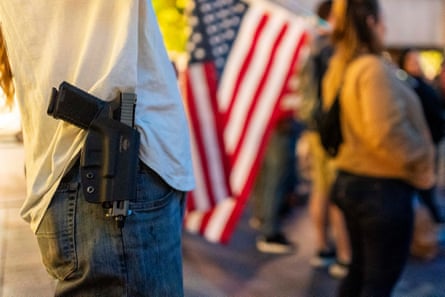
“America is an insanely violent nation,” said Hasan Piker, a progressive influencer who had been scheduled to debate with Kirk at a university in New Hampshire later this month. On his Twitch stream following the shooting, Piker lamented the lack of meaningful debate about reforming the country’s globally lax gun laws.
“A bulletproof vest would not have saved Charlie Kirk. Security did not save Charlie Kirk. The only thing that could have potentially saved Charlie Kirk from getting shot in the neck was reasonable gun control.”
Adam Winkler, a law professor at UCLA and author of a book on the second amendment right to bear arms, Gunfight, told the Guardian that Americans had shown a stubborn resistance to gun safety reform through equally terrible shooting incidents in the past. They include horrors such as the killing of 20 elementary school children in Newtown, Connecticut, in 2012, and the mass murder of 60 people five years later at a music festival in Las Vegas.
“People’s positions on the second amendment and gun policy have really hardened in recent years,” Winkler said. “It seems like Americans are impervious to shooting-based reforms, we’re just not seeing this. I don’t think this week’s tragedies are likely to shift the substance of the debate or the current stalemate on guns.”
Kirk had been discussing gun violence at the moment that he was shot. Sitting on a sparkling cloudless day in the shade of a tent bearing the logo of his “American Comeback Tour”, the Turning Point USA leader was sparring by microphone with students over how many mass shooters in the past decade had been transgender.
“Too many,” he said. (In fact, trans people have carried out a tiny fraction of mass shootings, the fact-checking group Politifact found.)
Kirk’s own views on guns in America were reflective of the prevailing attitude across the Maga universe which is fiercely protective of the second amendment despite the evident side-effects of such devotion. Kirk being Kirk – his willingness to confront his detractors face to face was summed up in his slogan “Prove me wrong” – he articulated his passion for gun rights in brutally frank terms.
In a speech in Salt Lake City two years ago that has been widely resurfaced on social media in the wake of his death, Kirk argued that the benefits of having guns in many American hands outweighed the costs. Gun deaths were inevitable in such a heavily armed society, he admitted, but the prevalence of firearms allowed citizens to “defend yourself against a tyrannical government”.
“I think it’s worth it,” he said. “I think it’s worth it to have a cost of, unfortunately, some gun deaths every single year so that we can have the second amendment to protect our other God-given rights. That is a prudent deal. It’s rational.”
Kirk went on to repeat the mantra that the pro-gun National Rifle Association (NRA) touted in the wake of the Newtown tragedy – the solution to gun violence is more guns. “If our money and our sporting events and our airplanes have armed guards, why don’t our children?”
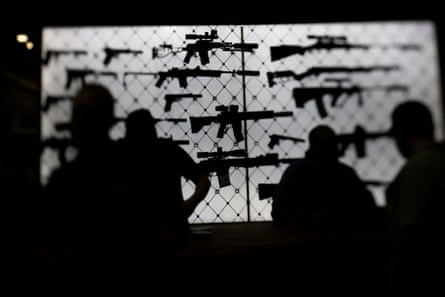
Such a hardline pro-gun posture has been echoed by Trump. In the wake of the 2017 Las Vegas massacre, in the early stages of his first term in the White House, Trump backed raising the age of gun possession to 21, and even lent his name to comprehensive background checks which have long been a central demand of gun control advocates.
It is not clear what made him change his mind – was it pressure from the NRA or from his own supporters? – but he quickly and quietly backed off the idea. The only change in gun policy in the second Trump administration has been in the direction of loosening regulations – his recent mega finance bill removed taxes from short-barrelled rifles and shotguns, and he has instructed his attorney general, Pam Bondi, to aggressively roll back measures to reduce gun violence introduced by his predecessor, Joe Biden.
In the immediate aftermath of the Kirk assassination, Trump has signaled that he will be guided not by a desire to get to the root of the problem but by a desire for vengeance. He has blamed the shooting on the “radical left”, disregarding recent atrocities against Democrats including the June shooting of Democratic Minnesota lawmakers in which one was killed.
In a statement from the Oval Office, Trump has insinuated that he intends to crack down on leftist civil society organisations. There has so far been no talk of similarly cracking down on guns.
“There’s just no way that Trump is going to support gun reform,” Winkler said.
Meanwhile, one of the bedrock causes of America’s unique struggle with gun violence goes untouched. An analysis by the Trace, a news outlet reporting on the issue, estimates that there are almost 400m guns in circulation in the US – that’s more than the number of people living in the country.
More than four in 10 Americans live in households with a gun, according to the Pew Research Center. Though there is a partisan political divide in ownership, with 45% of Republicans owning a gun, that still leaves one in five Democrats also holding deadly weapons.
As the number of guns has risen, so too have gun deaths. Almost 47,000 people died by the gun in the US in 2023, the latest year for which the Centers for Disease Control and Prevention (CDC) has produced official figures. That’s the third-highest year on record, after a pandemic-induced spike in the previous two years.
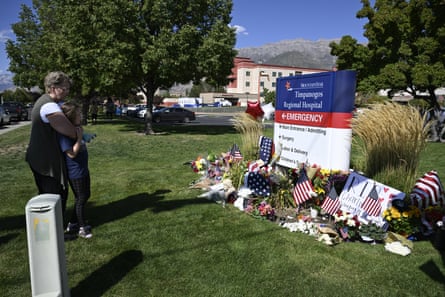
The argument frequently proffered by second amendment lobbyists that this is just the way it is can easily be squelched by comparison with other rich countries. A 2016 CDC study cited by Pew put the US gun death rate at 10.6 per 100,000 people – more than five times the rate in Canada (2.1 per 100,000), and almost 20 times that of Spain (0.6).
Such alarming statistics are set against a powerful subculture in which the gun manufacturing industry and pro-gun groups and magazines actively promote the allure of the sniper. “Best civilian sniper rifles”, was the headline from GunMag Warehouse.
The online site Outdoor Life ran a feature on 16 of the “best sniper rifles”, defining the weapon broadly as the one that is “most capable of fulfilling the mission that whoever is carrying it is tasked with”. The author emphasised the huge variety of environments in which the sniper rifle has to operate, including “crowded cities”.
First on the list was the AI AXSR which was praised for its “toughness, innovation, and accuracy”. The weapon trades to civilians for $11,000 on online firearms sites.
The gun that delivered the single shot that ended Kirk’s life has been described by US investigators as a Mauser high-powered bolt-action rifle. Though it was not a purpose-built sniper rifle it was precise enough to allow the killer to strike from a rooftop about 160 metres away from his target.
Josh Sugarmann, executive of the Violence Policy Center which has tracked the proliferation of the sniper subculture, sees its growth as part of the increasing militarization of the gun industry and its civilian offerings. “No one notices or seems to care that there is an industry actively designing and building the weapons that enable shooters to more effectively commit assassinations and mass shootings,” he said.
“The gun industry is designing, building and promoting rifles that are effective at much longer range with the goal of ‘one shot, one kill’.”

 German (DE)
German (DE)  English (US)
English (US)  Spanish (ES)
Spanish (ES)  French (FR)
French (FR)  Hindi (IN)
Hindi (IN)  Italian (IT)
Italian (IT)  Russian (RU)
Russian (RU)  4 hours ago
4 hours ago







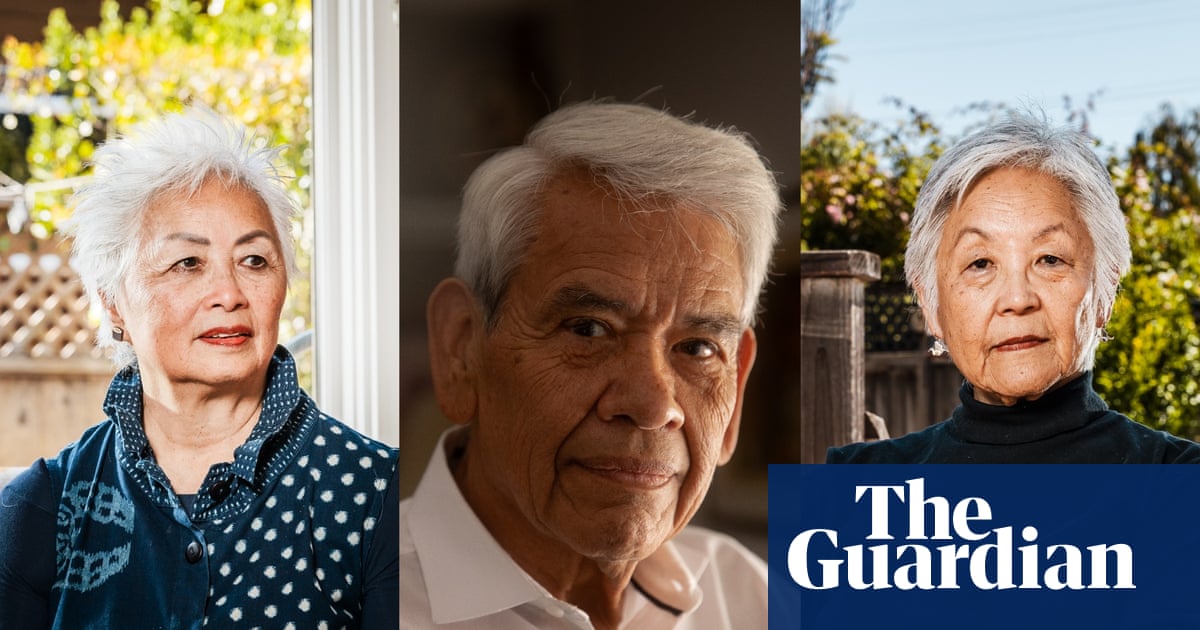



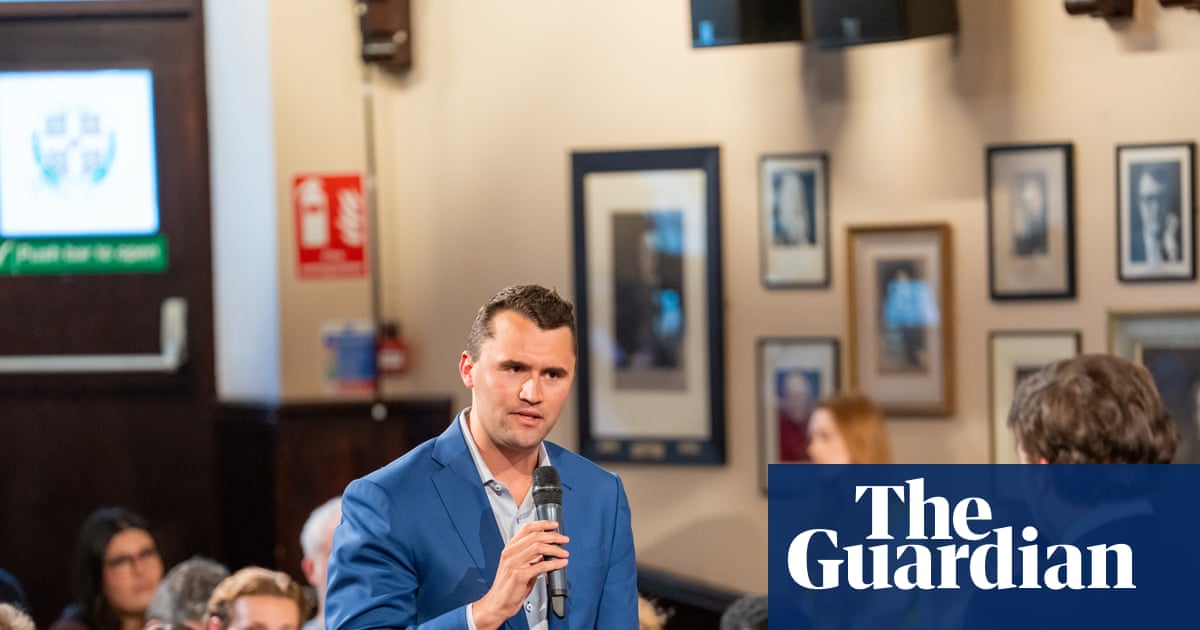


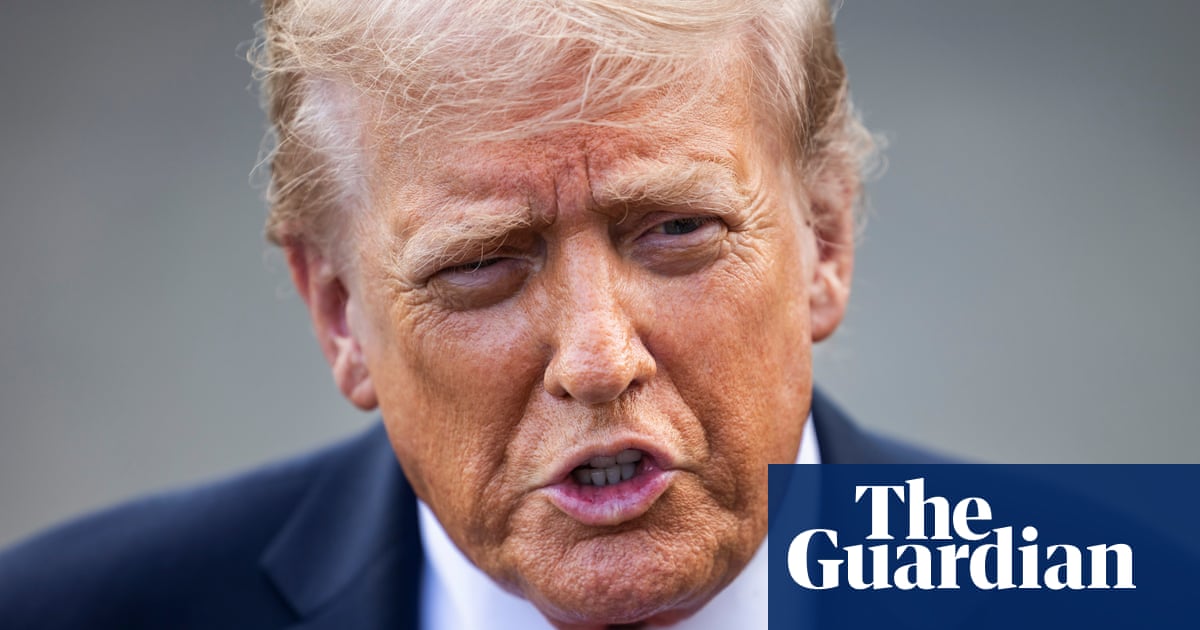









Comments